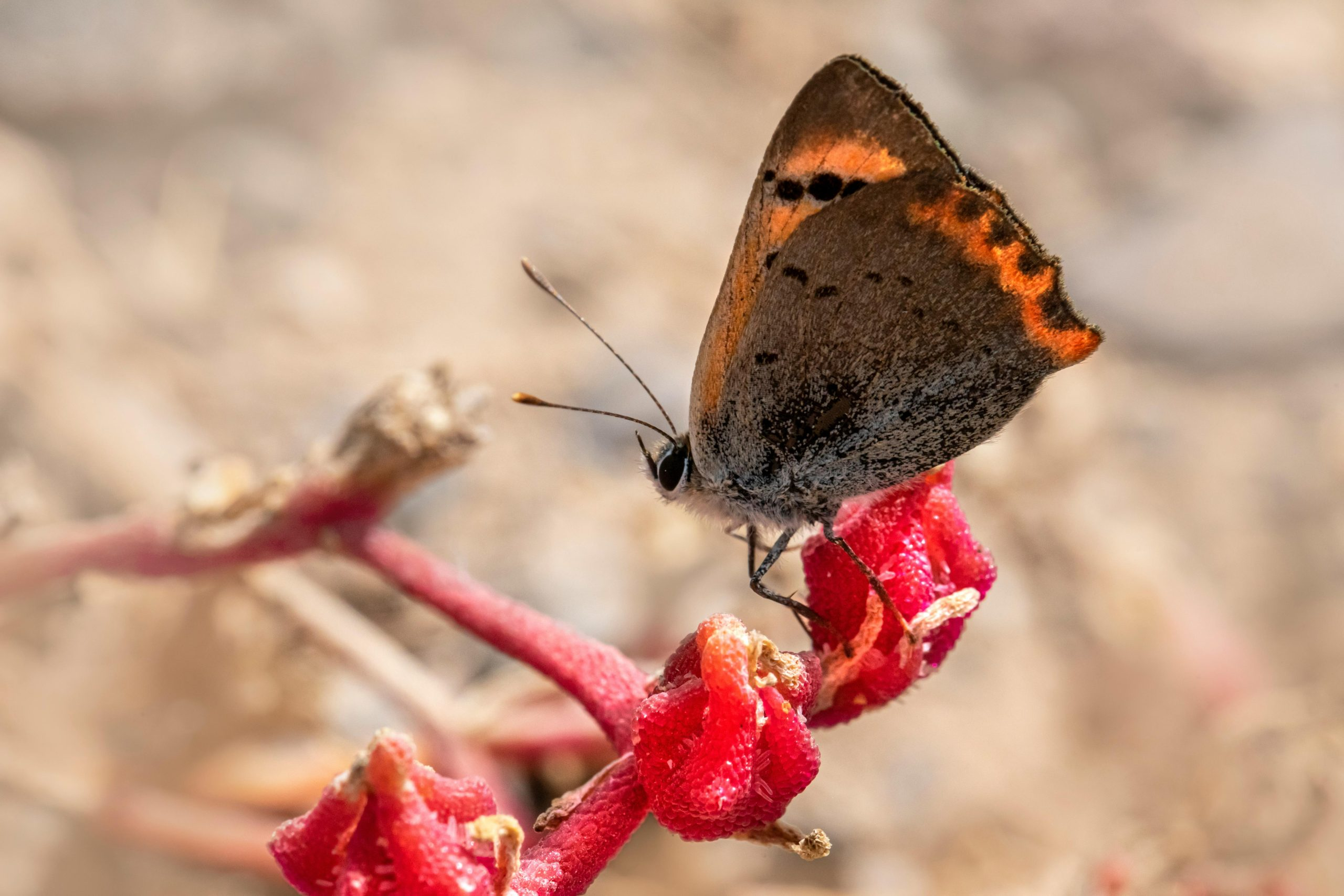Sustainable Wildlife Tourism: Responsible Animal Encounters
Sustainable tourism has become a hot topic in recent years, with more and more people becoming aware of the importance of responsible travel. This includes sustainable wildlife tourism, which focuses on promoting and supporting conservation efforts while providing travellers with an authentic and ethical animal encounter. However, not all wildlife tourism is created equal, and it is important to distinguish between responsible animal encounters and exploitative ones. In this article, we will delve into the concept of sustainable wildlife tourism and explore how we can engage with animals in a responsible and sustainable manner.
The Need for Sustainable Wildlife Tourism
Wildlife tourism has become a popular industry, with millions of people around the world seeking out animal encounters as part of their travels. While many of these encounters can be magical and awe-inspiring, not all of them are ethical or sustainable. The growing demand for wildlife tourism has led to the exploitation and mistreatment of animals in some cases, with many animals being kept in captive and unnatural environments, subjected to cruel training methods, and forced to engage in unnatural behaviours for the sake of entertainment.
Sustainable wildlife tourism, on the other hand, aims to protect and preserve wildlife while providing travellers with an enriching and responsible animal encounter. It focuses on promoting ethical and conservation-minded practices, offering visitors a chance to observe animals in their natural habitat without disturbing or harming them.
The Principles of Sustainable Wildlife Tourism
1. Supporting Conservation Efforts
Sustainable wildlife tourism is rooted in conservation. It aims to support and fund conservation efforts, such as wildlife rehabilitation centres, conservation projects, and conservation-focused tourism initiatives. By engaging in sustainable wildlife tourism, travellers are directly contributing to the protection and preservation of wildlife and their habitats.
2. Promoting Education and Awareness
Education and awareness are crucial components of sustainable wildlife tourism. It is essential for travellers to understand the impact of their actions and how they can contribute to the conservation of wildlife. Sustainable wildlife tourism promotes education and awareness through guided tours, interpretive centres, and educational materials, allowing visitors to learn about the animals they are encountering and their conservation status.
3. Respecting Animal Welfare
Sustainable wildlife tourism puts animal welfare as a top priority. It promotes responsible animal interactions, such as observing animals from a safe distance, avoiding direct contact, and respecting animals’ physical and behavioural boundaries. This ensures that animals are not disturbed, stressed, or harmed in any way.
4. Prioritizing Natural Behaviours
One of the biggest criticisms of traditional wildlife tourism is the exploitation of animals for entertainment purposes, often forcing them to engage in unnatural behaviours for visitors’ entertainment. Sustainable wildlife tourism prioritizes natural behaviours and avoids activities that force animals to perform in ways that go against their natural instincts.
Examples of Sustainable Wildlife Tourism
There are numerous examples of sustainable wildlife tourism practices that promote responsible animal encounters. For instance, wildlife safaris in Africa allow travellers to observe animals in their natural habitats while providing opportunities for education and contributing to conservation efforts. Similarly, ecotourism initiatives in Australia promote sustainable and responsible whale watching experiences, offering visitors a chance to observe these majestic creatures without disturbing them.
Another example is responsible wildlife volunteering programs, where individuals can contribute to conservation efforts by assisting with research, rehabilitation, and other conservation projects. These programs often focus on releasing animals back into their natural habitats and educating volunteers about responsible animal interactions.
How You Can Be a Responsible Wildlife Tourist
You can make a positive impact on sustainable wildlife tourism by being a responsible wildlife tourist yourself. Here are a few things you can do to ensure that your animal encounters are ethical and sustainable:
1. Do Your Research
Before booking any wildlife tourism experience, do your research and make sure that the company or organization you are supporting follows responsible and sustainable practices.
2. Respect the Animals
Always respect the animals and their natural behaviours. Avoid activities that involve direct contact or disturb the animals in any way.
3. Avoid Captive Wildlife Interactions
Avoid activities that involve captive animals, as these animals are often kept in inhumane conditions and mistreated for the sake of entertainment.
4. Support Local Conservation Efforts
Contribute to conservation efforts by supporting local initiatives and organizations that work towards the protection and preservation of wildlife.
In Conclusion
Sustainable wildlife tourism is all about promoting responsible and ethical animal encounters that support conservation efforts while providing travellers with a memorable experience. By being a responsible wildlife tourist, you can make a positive impact on the environment and ensure that future generations can continue to enjoy these incredible animals in their natural habitats.









